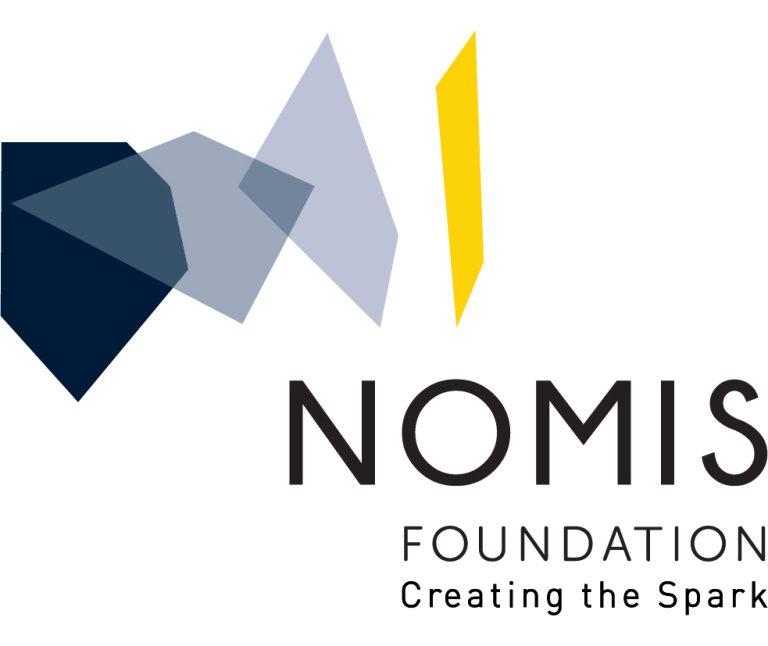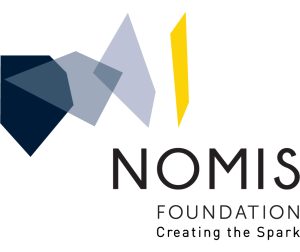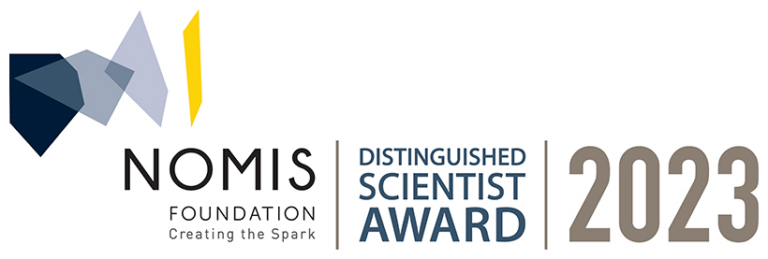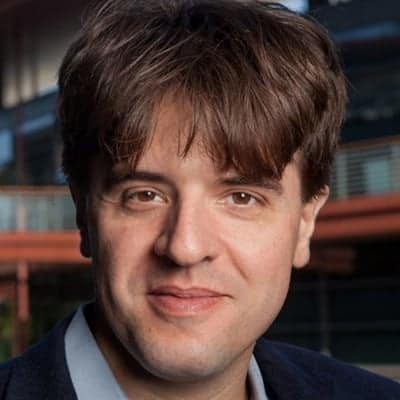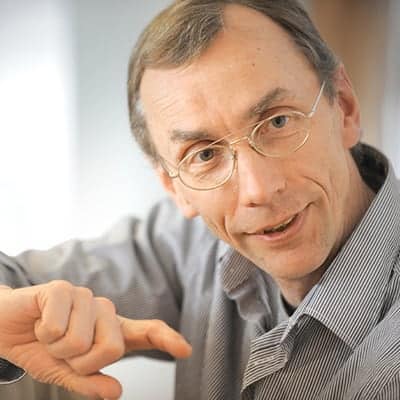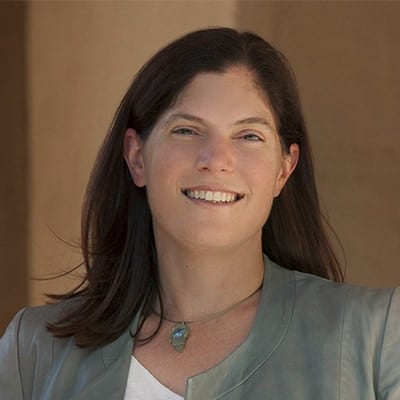The NOMIS Distinguished Scientist and Scholar Award is the topic of a recently published advertorial in Science. The 2023 NOMIS Awardees, Anne Brunet and David Autor, explain how the NOMIS Award is enabling them to pursue high-risk basic research, which is described in the article. Several other awardees also weigh in on the importance of the award in exploring their own unique research paths. An excerpt follows.
In Cambridge, Massachusetts, an economist seeks to understand how AI will impact the demand for labor by increasing the value of expertise or reducing the value of skills. Across the country, at Stanford, California, a cell biologist aims to discover how organs in the body are synchronized during aging. While their inquiries are distinct, these extraordinary researchers have at least one thing in common: their high-risk, curiosity-driven investigations are being enabled by the NOMIS Distinguished Scientist and Scholar Award.
Our organs are surprisingly chatty. They communicate and synchronize with each other, ensuring that our biological functions continue operating. Not surprisingly, aging affects these interorgan interactions, which are not fully understood. But one scientist has launched an ambitious project on aging and organ messaging—“Organ Synchronization in Aging and Suspended Animation”—exploring how the synchronization of organs weathers states of suspended animation, such as hibernation or diapause.
Anne Brunet, the Michele and Timothy Barakett Professor of Genetics at Stanford University School of Medicine, is leading the work with the backing of the NOMIS Foundation, which supports researchers with unusually bold research ideas. Brunet, who also serves as codirector of Stanford’s Paul F. Glenn Center for the Biology of Aging, is especially interested in embryonic diapause, where the embryo forms organs and then pauses its growth along with “any damage that can accumulate as a consequence of the passage of time,” she explains. “We are very curious how organs are synchronized during this form of suspended life. Do they arrest all at once? How is that coordinated? And how does a coordinated synchronized development resume? Suspended animation may sound like the stuff of science fiction, but it does exist in nature.”
Continue reading this Science advertorial
